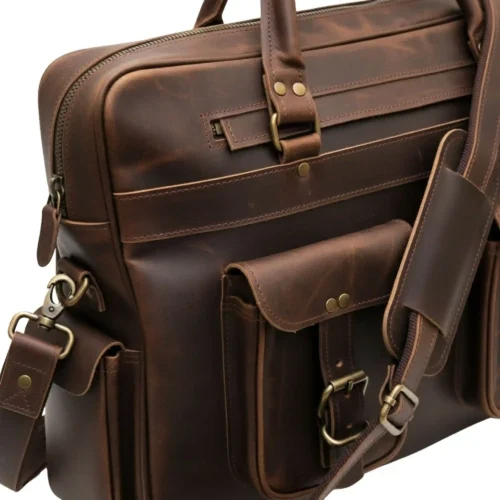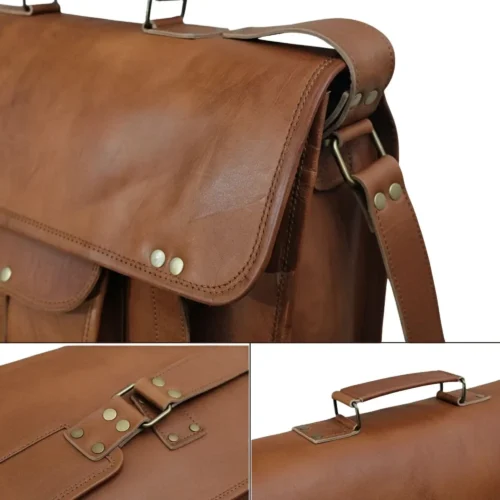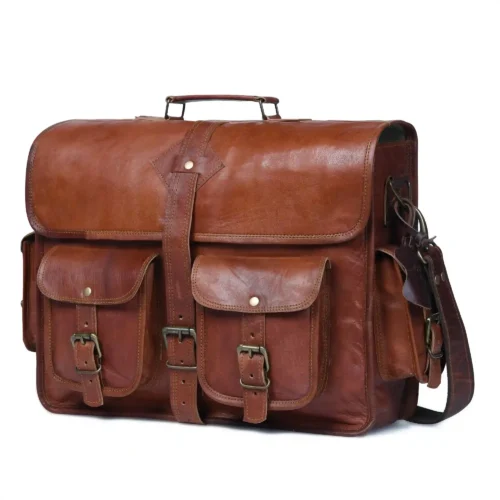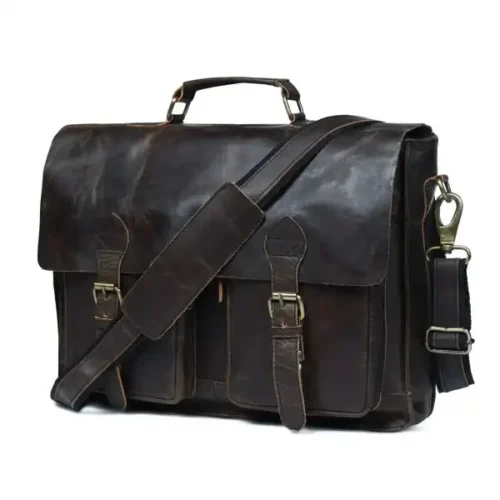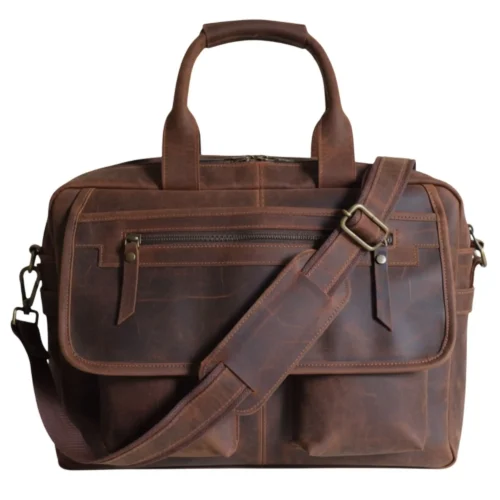
🚛 FREE SHIPPING | LIFETIME REPAIR WARRANTY | 20% Sale: “FREEDOM20”

The primary contrast between suede leather and traditional leather lies in their texture and appearance. Suede, derived from the underside of animal skin, boasts a soft, velvety surface due to its napped finish. Conversely, leather refers to the processed hide’s exterior, renowned for its durability and smooth texture. While both materials originate from animal skin, suede undergoes additional treatments to achieve its distinctive texture, making it more delicate and prone to leather water marks. Moreover, stretch leather is a characteristic exclusive to traditional leather, which can adapt and conform to its wearer’s shape over time. Understanding the differences between suede and leather suede is crucial when selecting materials for various applications, whether it’s for fashion, upholstery, or accessories.
The main distinction between suede leather and traditional leather lies in their texture and manufacturing processes. Suede, also known as sueded leather, is crafted from the underside of animal hide, resulting in a soft, velvety surface known for its luxurious feel. In contrast, traditional leather is derived from the exterior of the hide, offering a smooth and durable finish.
When comparing suede vs leather, it’s essential to note that suede undergoes a unique treatment process to achieve its distinctive texture, making it more delicate and prone to damage from leather vs suede. Additionally, while patent leather boasts a glossy, shiny finish, both suede and traditional leather offer versatile options for various applications, from fashion to upholstery.
While traditional leather can sometimes stretch leather to conform to the wearer’s shape over time, suede typically does not exhibit this characteristic. Moreover, it’s crucial to use specialized bag cleaner leather to maintain the quality of leather items, including women’s leather sling bags or leather sling bags for women. Understanding the distinctions between suede and traditional leather is essential for choosing the most suitable material for your needs.
Suede leather, renowned for its soft and luxurious texture, is crafted through a unique process distinct from traditional leather production. To produce suede, manufacturers start with the underside of animal hide, which is typically smoother and more pliable than the exterior. This underside layer undergoes a meticulous sueding process, where the hide is buffed or abraded to create a soft, napped surface.
In the sueding process, the hide undergoes treatment using specialized machinery, which either sands or brushes its surface. This meticulous procedure leads to the distinctive velvety texture associated with suede leather. Through this method, any imperfections or blemishes on the hide are effectively eliminated, resulting in a uniform and luxurious finish. It’s this unique process that sets suede apart from traditional leather and contributes to its distinctive appeal when comparing suede vs leather or leather suede.
Unlike traditional leather, which undergoes tanning and finishing processes to achieve a smooth and durable surface, suede is prized for its natural, tactile qualities. While patent leather boasts a glossy and shiny appearance, suede offers a more subdued elegance, making it a popular choice for a variety of applications, from fashion accessories to upholstery.
Understanding how suede differs from traditional leather is essential when selecting materials for products such as vintage messenger bag, women’s leather travel bags, or womens leather duffle bag, vintage messenger bag leather as each material offers unique characteristics and aesthetics.
Suede and leather both come from animal hides but have distinct characteristics. Suede is softer, lighter, and more porous, making it prone to staining and water damage. Leather is durable, water-resistant, and ages well but requires maintenance. Choose suede for a softer feel and leather for durability and longevity.
Suede leather and traditional leather offer distinct qualities that cater to different preferences and needs. Suede, also referred to as sueded leather, is crafted from the underside of animal hide, resulting in a soft, velvety texture. In contrast, traditional leather is derived from the exterior of the hide, offering a smooth and durable finish. While both materials originate from animal skin, suede undergoes additional treatments to achieve its unique texture.
When comparing suede vs leather, it’s essential to consider their characteristics. Suede is prized for its luxurious feel and texture, making it a popular choice for items like jackets, shoes, and upholstery. Its softness and suppleness provide a comfortable fit and a distinctive appearance. On the other hand, traditional leather boasts durability and resilience, making it suitable for a wide range of products, from bags and belts to furniture and automotive upholstery.
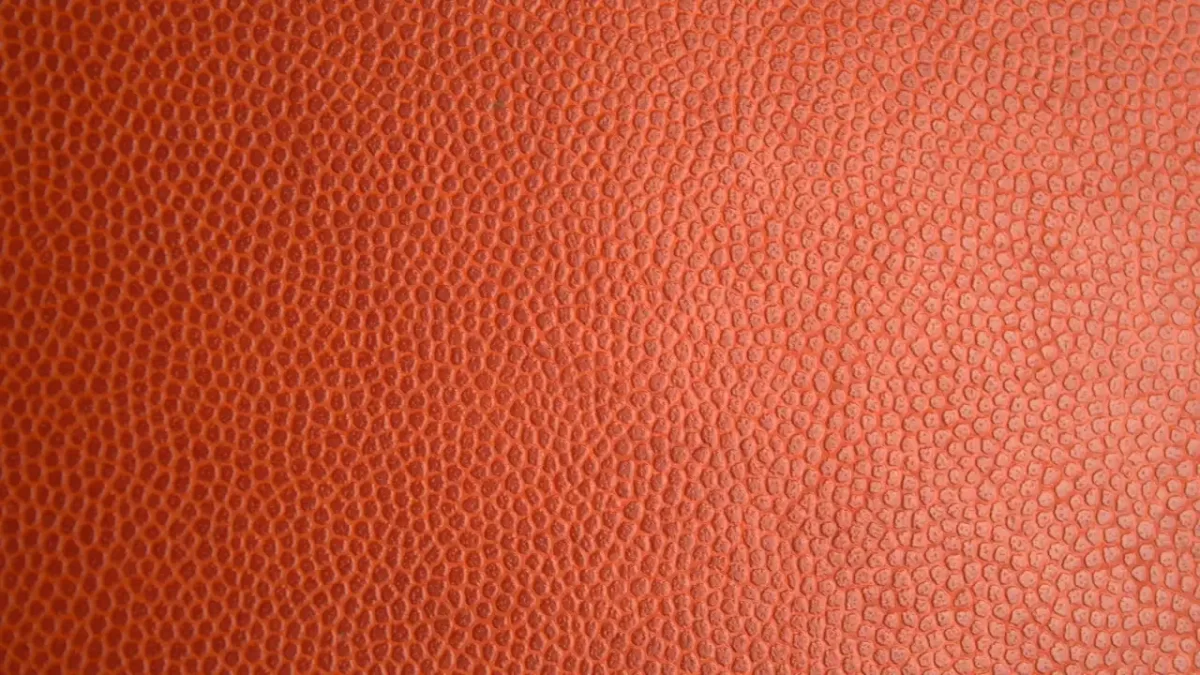
Maintaining suede and traditional leather requires different care approaches to preserve their integrity and appearance. For suede, it’s crucial to avoid exposure to moisture and liquid, as they can cause leather suede to become stiff or discolored. Regular brushing with a soft-bristled brush can help remove surface dirt and revive the nap of suede. Additionally, using a specialized suede cleaner can effectively lift stains and restore the material’s appearance.
For leather suede, moisturize to prevent drying and cracking. Use a leather conditioner regularly and a protector spray for longevity. Whether suede v leather or patent leather, proper care maintains their appeal and durability.
For leather suede, gentle cleaning methods are essential to prevent damage to its delicate nap. Employing a suede eraser or suede brush is recommended to lift stains and rejuvenate the material’s texture. Conversely, traditional leather can withstand a slightly more robust cleaning approach. A damp cloth can effectively remove dirt and grime, followed by the application of leather conditioner to maintain its pristine appearance. Whether it’s suede v leather or considering the unique qualities of patent leather, employing the appropriate cleaning techniques ensures the longevity and quality of each material.
Understanding the differences between suede and traditional leather is essential when selecting products like leather sling bag men’s or leather messenger bags for women. While suede offers a luxurious feel and distinctive appearance, traditional leather boasts durability and resilience. By choosing the right material and implementing proper care techniques, you can ensure the longevity and beauty of your leather goods for years to come.
When it comes to choosing between suede leather and traditional leather, understanding their distinct characteristics and practical style advice is crucial for making informed decisions.
Suede exudes a luxurious and casual vibe, making it a versatile choice for various occasions. Here are some practical style tips for incorporating suede into your wardrobe:
Casual Chic: Pair a suede jacket with jeans and a T-shirt for a laid-back yet stylish look. The soft texture of suede adds a touch of sophistication to any casual outfit.
Bohemian Vibes: Opt for a suede skirt or suede fringe bag to embrace your inner bohemian spirit. Pair with flowy tops and ankle boots for a free-spirited and eclectic ensemble.
Accessorize Wisely: Incorporate suede accessories like belts, hats, or shoes to add texture and depth to your outfit. Choose neutral colors like tan, brown, or black for versatility.
Mix and Match: Don’t be afraid to mix suede with other fabrics like denim, silk, or leather for a dynamic and modern look. Experiment with layering to create visual interest.
When deciding between suede and traditional leather products, consider the following factors to make the right choice:
Durability: Leather is durable and resilient, while suede is delicate and prone to staining. For longevity, choose traditional leather products like a vintage leather messenger bag or messenger bag leather women’s.
Style Preference: Assess your personal style and the overall aesthetic you want to achieve. If you prefer a more rugged and casual look, suede may be the way to go. However, if you’re aiming for a polished and sophisticated appearance, traditional leather might be more suitable.
Maintenance: Consider the level of maintenance required for each material. Suede requires regular brushing and treatment with suede cleaner to keep it looking its best. On the other hand, traditional leather can be easily maintained with leather conditioner and occasional cleaning with a damp cloth.
Occasion: Think about the occasion and context in which you’ll be wearing the product. Suede is perfect for casual outings or weekend getaways, while traditional leather adds a touch of elegance to formal events or professional settings.
By following these practical style advice tips and considering the factors mentioned above, you can confidently choose between suede and traditional leather products like Leather hobo bags according to your preferences and lifestyle.
In the comparison between suede leather and traditional leather, it’s evident that each material offers unique characteristics and appeals to different preferences and occasions. Suede is favored for its soft, velvety texture, adding a touch of luxury and casual elegance to various outfits. On the other hand, traditional leather boasts durability and sophistication, making it suitable for both formal and casual settings.
When deciding between suede vs leather, individuals should consider factors such as style preference, durability, maintenance requirements, and occasion appropriateness. While suede may require more delicate care to prevent staining and maintain its texture, traditional leather products offer resilience and longevity with proper care.
Whether choosing the laid-back allure of leather suede or the refined elegance of traditional leather, it’s paramount to select products that resonate with personal style and cater to lifestyle requirements. By comprehending the distinctions between suede v leather and considering the unique characteristics of patent leather, individuals can make well-informed decisions and seamlessly integrate these materials into their fashion ensembles and accessory collections. Understanding the nuances between leather suede and other types of leather empowers individuals to curate a wardrobe that reflects their personality and meets their functional needs with confidence and style.
Choosing between leather vs suede depends on personal preference and intended use. Suede Leather offers a luxurious feel and casual elegance with its soft texture, making it ideal for relaxed settings. On the other hand, traditional leather boasts durability and sophistication, suitable for both formal and casual occasions. Patent leather offers a glossy finish, adding a touch of glamour to any outfit. Ultimately, the decision between leather vs suede boils down to individual style, desired aesthetic, and the specific requirements of the situation.
The main disadvantages of suede stem from its delicate nature. Being a type of sueded leather, suede is more prone to staining and water damage compared to traditional leather. Its soft texture can also be easily scuffed or scratched, requiring more careful handling and maintenance. Additionally, suede may not offer the same level of durability and longevity as traditional leather. While patent leather provides a glossy finish, suede lacks this characteristic, making it less suitable for formal occasions where a polished look is desired. Thus, when considering leather vs suede, it’s essential to weigh these factors to make an informed decision.
The cost difference between leather vs suede depends on various factors. Generally, suede, being a type of sueded leather, can be more expensive than traditional leather due to its specialized production process and the limited availability of premium quality hides suitable for suede. However, certain types of traditional leather, especially those made from exotic hides or finished with intricate techniques like patent leather, can command higher prices than standard suede. Ultimately, the price disparity between leather vs suede varies depending on the quality, type, and brand, making it essential to consider these factors when making a purchase decision.
While suede offers a luxurious texture, it is generally less waterproof than traditional leather. Being a type of sueded leather, suede is more porous and absorbs moisture more readily than regular leather. As a result, suede is more susceptible to water damage, staining, and discoloration. However, certain waterproofing treatments can be applied to suede to enhance its water resistance to some extent. Nevertheless, when comparing leather vs suede, traditional leather typically offers better protection against water and is more suitable for wet conditions or inclement weather.

